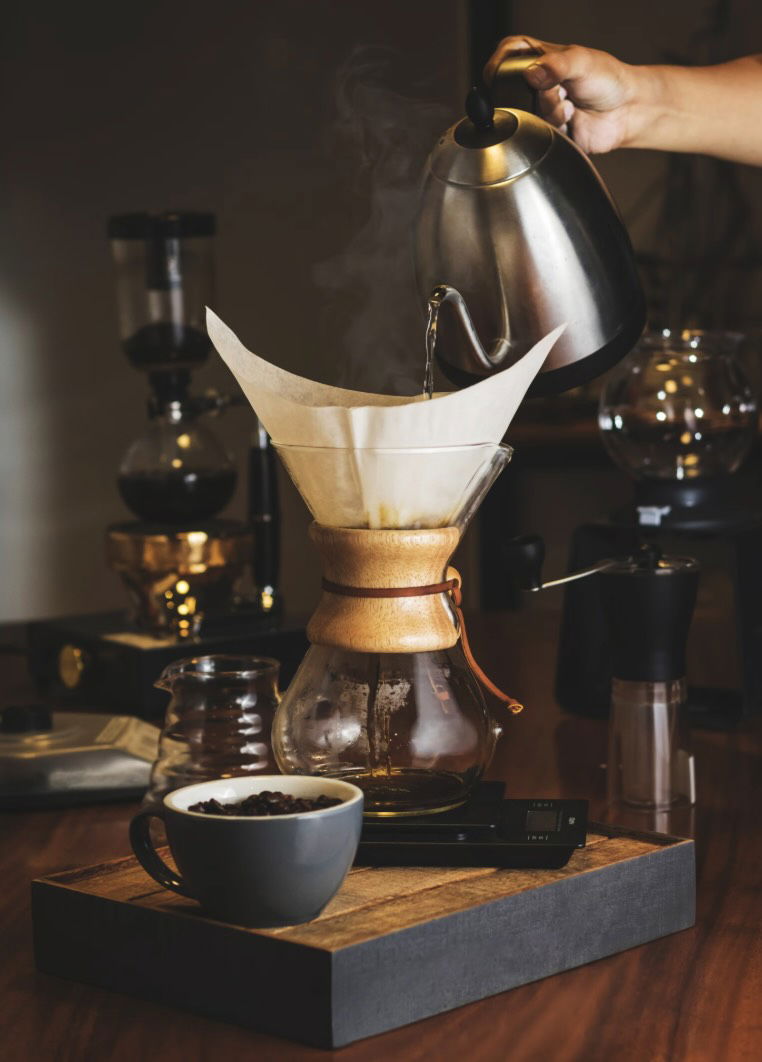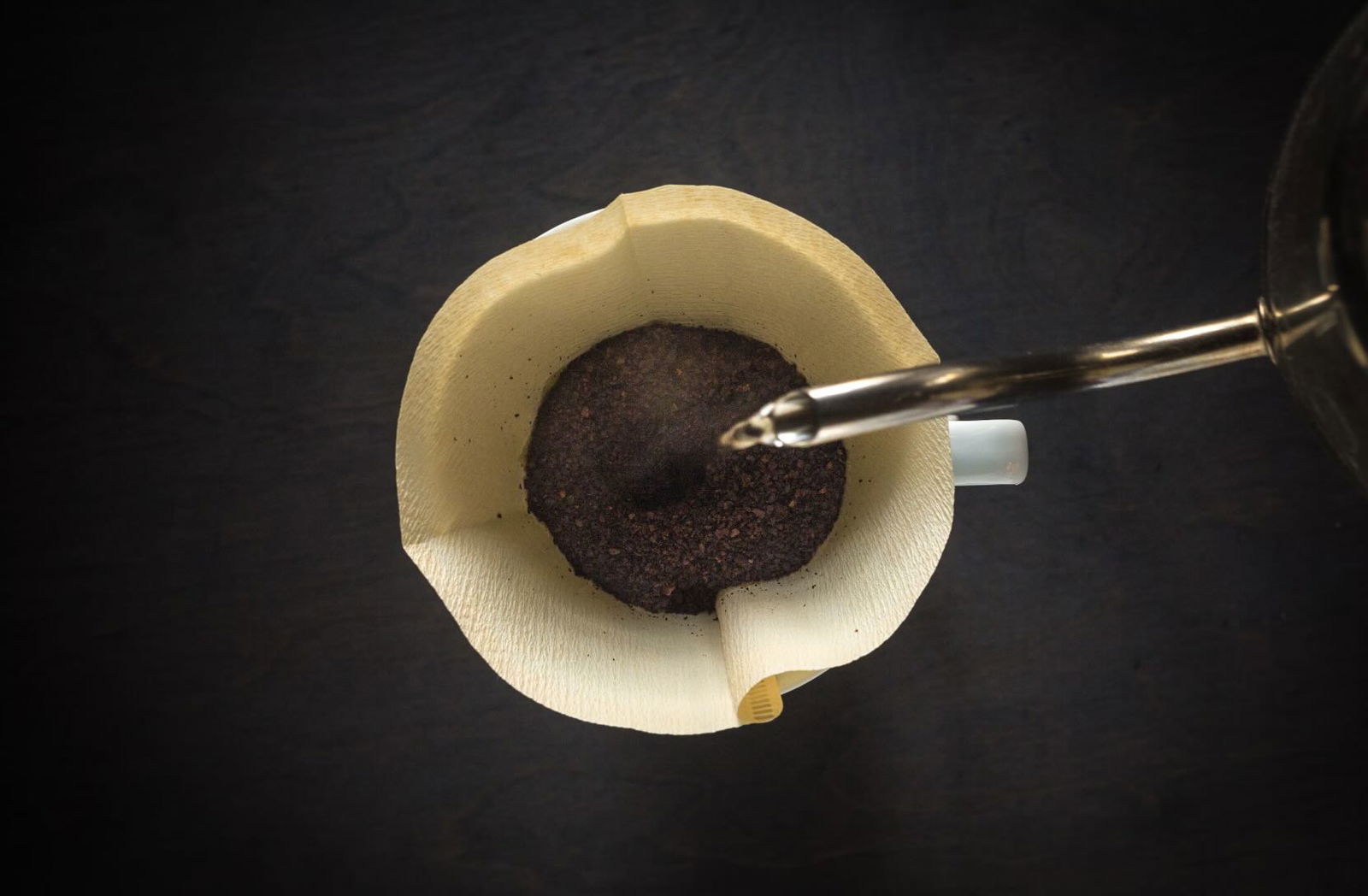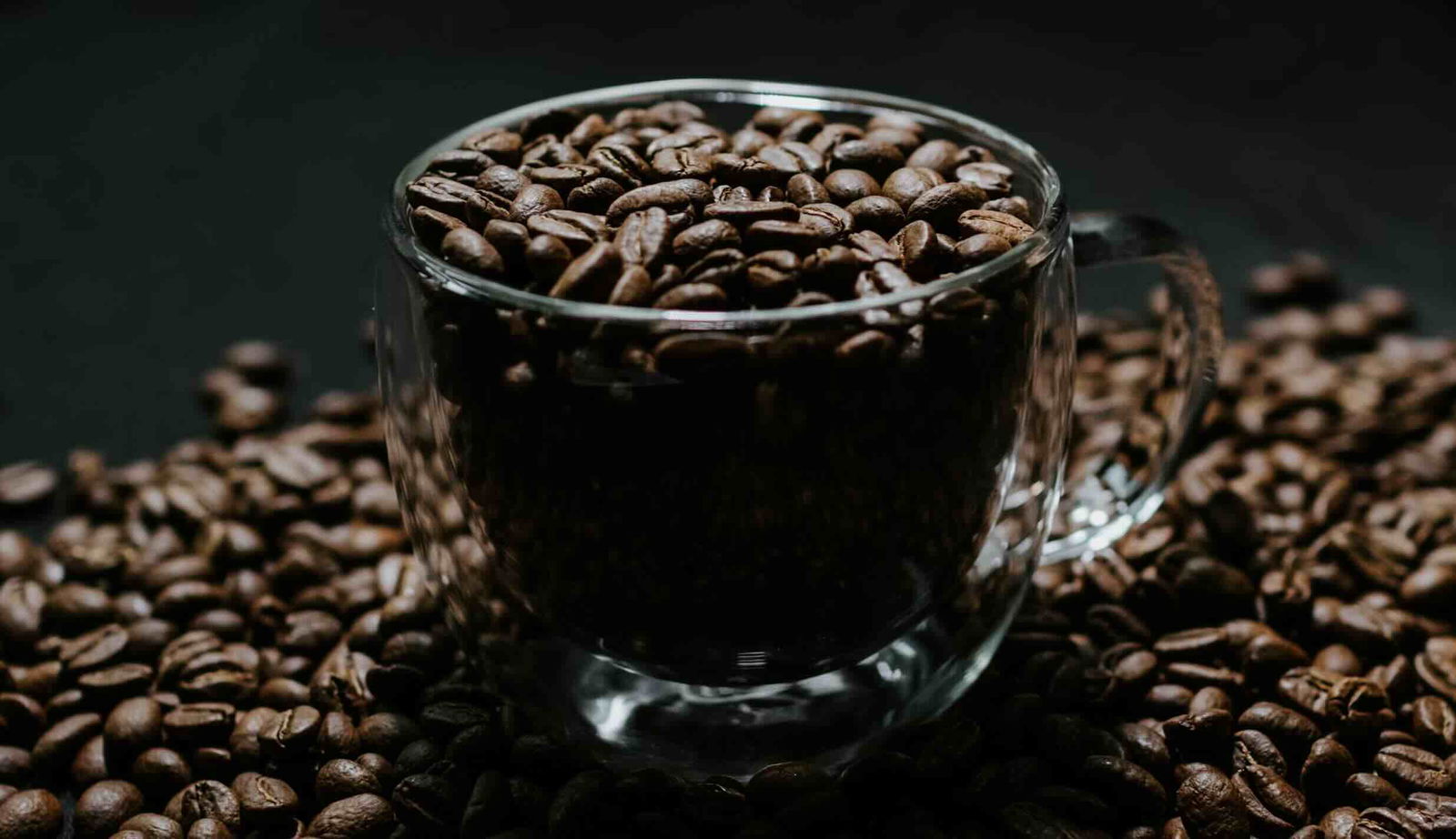Getting the perfect cup of coffee as part of your morning ritual may have just gotten easier, while also requiring fewer beans, thanks to researchers at the University of Pennsylvania who are tapping the power of fluid dynamics to make better tasting, more efficient pour-over coffee.
With the cost of coffee steadily rising and concerns about the impact of arabica crops on Earth’s climate, the team decided to see whether physics could help unlock the secret to getting a richer cup of joe using less coffee.
Their results, recently published in Physics of Fluids, reveals how precision brewing techniques based on principles of fluid dynamics could change how we make the perfect cup every morning, while also shedding light on broader natural systems that include erosion and filtration.
The Secret to the Perfect Cup of Coffee
“We tried finding ways where we could use as little coffee as possible and just take advantage of the fluid dynamics of the pour,” said Ernest Park, a graduate researcher in the Mathijssen Lab.
 Making the perfect cup of coffee mainly comes down to controlling the way the water is poured, based on the team’s new findings (Credit: Unsplash)
Making the perfect cup of coffee mainly comes down to controlling the way the water is poured, based on the team’s new findings (Credit: Unsplash)
One issue the team encountered early on was that gauging the behavior of fluids using an opaque liquid like coffee can be challenging. To overcome this, they modeled pour-over brewing by using a transparent silica gel in a glass cone as a substitute. To further increase visibility of the gel, the team illuminated it with lasers, and used high-speed cameras to capture its movement while simulating the pour-over process.
The team discovered that movement they compared to miniature “avalanches” appeared within the coffee bed, which are triggered as water flows through it. Stirring the particles of ground coffee as it moves, these “avalanches” triggered by the flow of water appear to be the key to releasing flavor during the brewing process.
Another major finding comes down to how the water is poured. Primarily, they observed that laminar flow—that is, smooth, non-turbulent pouring, was a critical component of the process. By using gooseneck kettles to achieve precise control, the team found that water can more evenly penetrate the coffee grounds.
 The research team found that getting the perfect cup of coffee is significantly helped when using gooseneck kettles, which allows optimal control over the pour (Credit: Unsplash)
The research team found that getting the perfect cup of coffee is significantly helped when using gooseneck kettles, which allows optimal control over the pour (Credit: Unsplash)
Getting the Perfect Cup Requires an Ideal Pour
Another factor involves pouring height, since higher pours helped to enhance agitation and mixing, although only up to a point. If water was poured from too high, it caused the flow to be interrupted as the water broke into droplets, which had the effect of reducing the extraction efficiency.
After exploring simulations with their transparent gel, further testing with real coffee grounds revealed that prolonged mixing combined with carefully controlled pouring significantly increased the overall quality of the coffee being brewed by increasing extraction yield. Higher pours using thicker water flows produced the strongest brews, while thinner streams appeared to maintain consistency regardless of the height of the pour.
Although the team’s findings offer obvious benefits for coffee drinkers, it also provides potential new insights into both natural and industrial systems that are governed by similar dynamic processes, which include the erosive power of water.
“This kind of fluid behavior helps us understand how water erodes rock under waterfalls or behind dams,” said coauthor Margot Young.
“You can start small, like with coffee, and end up uncovering mechanisms that matter at environmental or industrial scales,” added researcher Arnold Mathijssen.
The team’s findings were published in Physics of Fluids on April 8, 2025.
Micah Hanks is the Editor-in-Chief and Co-Founder of The Debrief. He can be reached by email at micah@thedebrief.org. Follow his work at micahhanks.com and on X: @MicahHanks.

